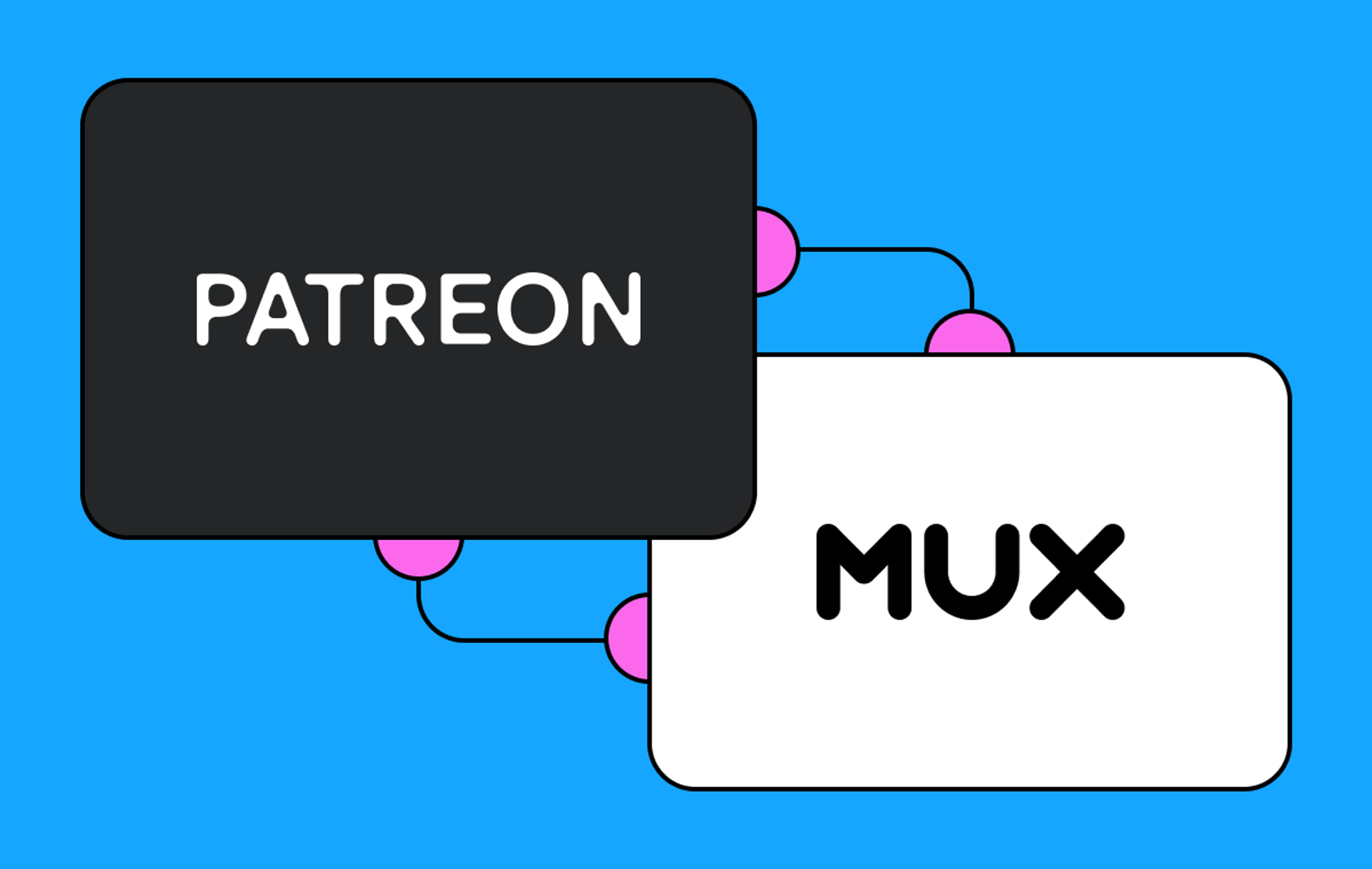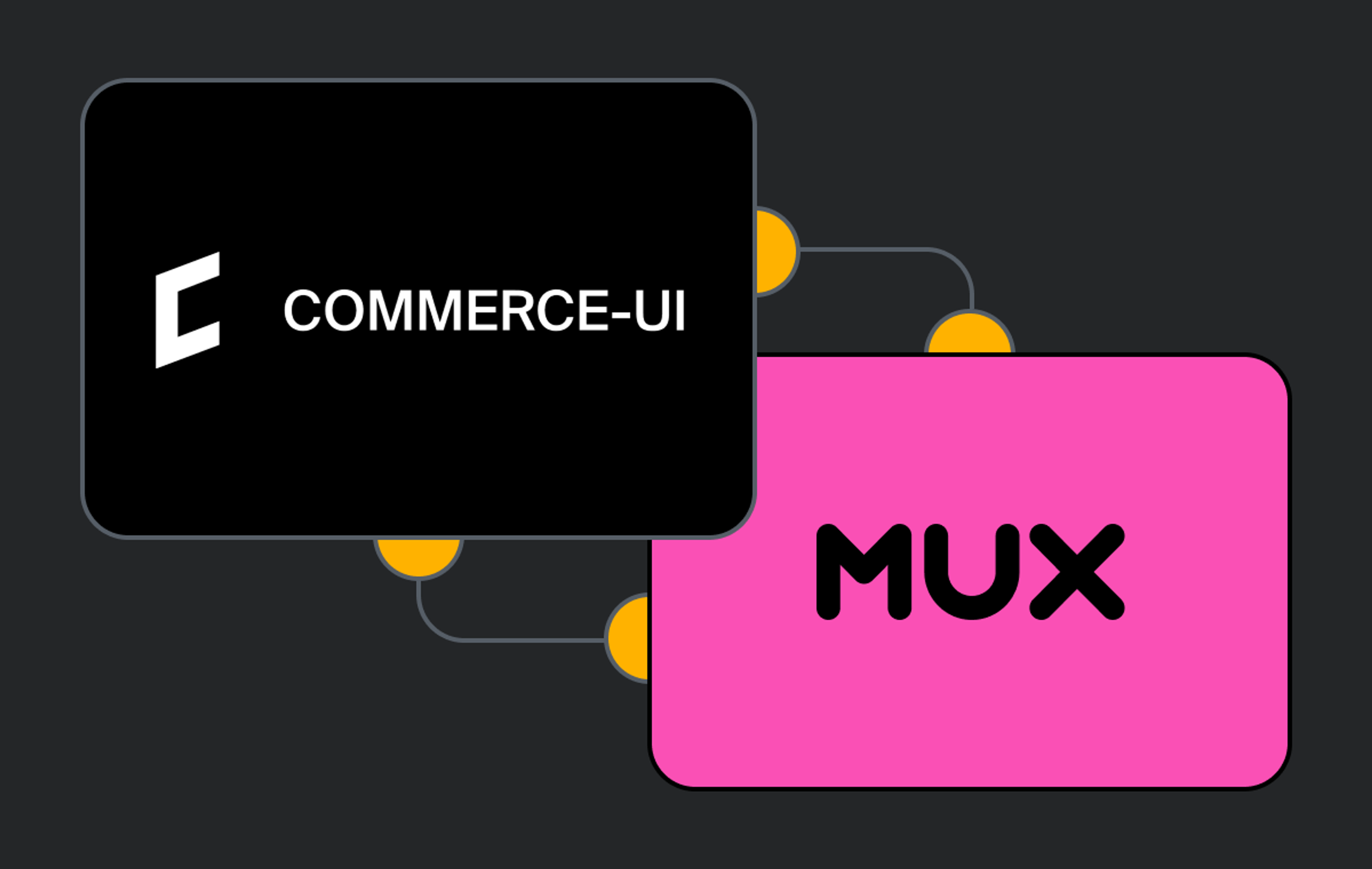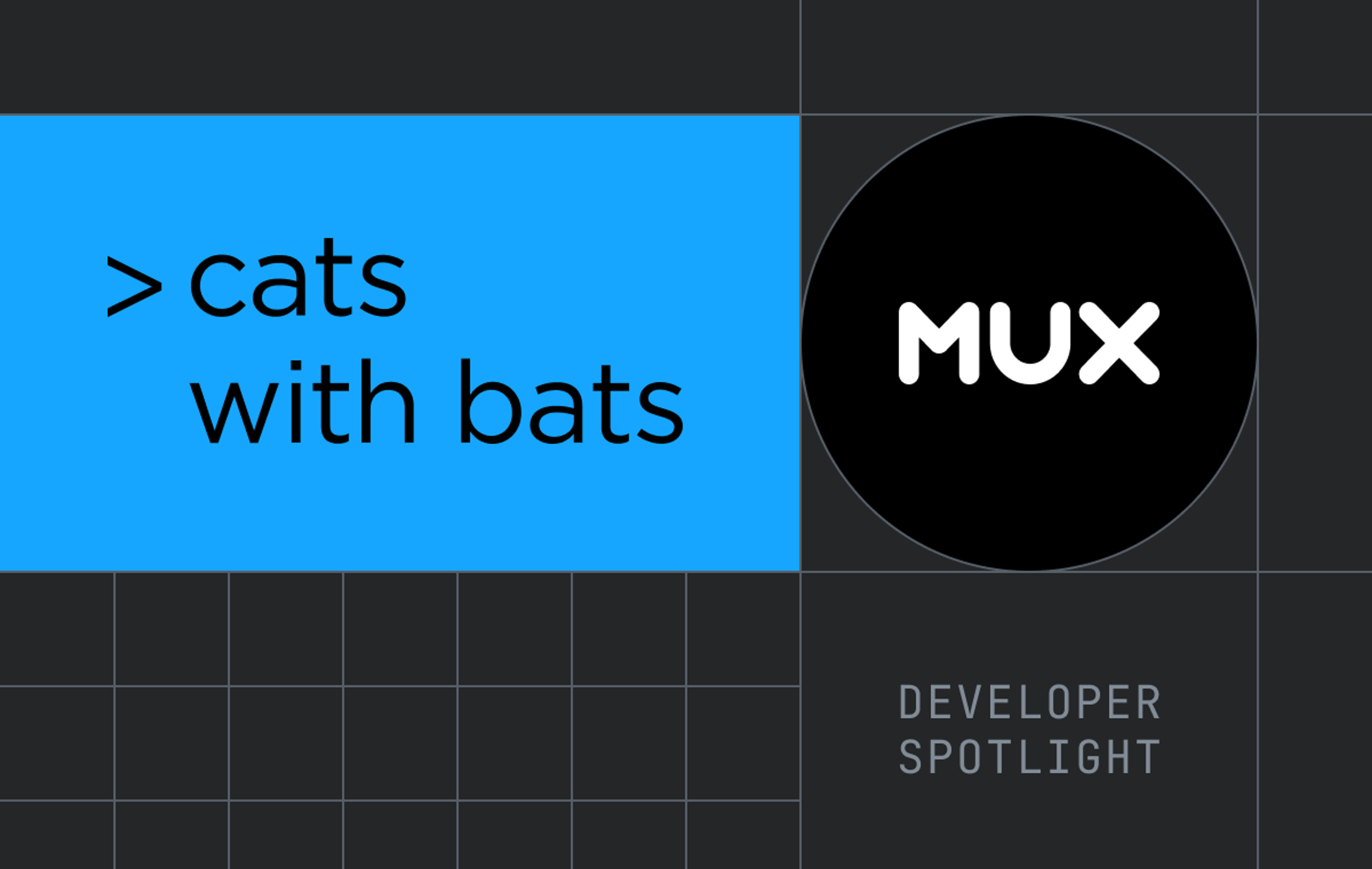It is always great to see our customers grow and add more and more exciting innovations to their products. We have had the pleasure to support the growth of Swedish-based company Staylive, a leader in live sports streaming technology, which offers white-labelled OTT platforms to customers like INDYCAR, Hockeyettan, Sport Expressen, and Fanseat.
Staylive was founded in 2013 as a school project by two Swedish students. Initially, they had only one local client, but through their unwavering dedication, long hours, and hard work, they began to write their success story. Fast forward a decade, and Staylive has become a global leader in the industry: With more than 120 trusted clients worldwide and the ability to stream over one million hours of live content annually, Staylive has positioned itself as one of the go-to choices for live streaming services. As the industry continues to evolve, Staylive remains at the forefront, delivering unparalleled service and cutting-edge technology to clients around the world.
We sat down with Johannes Rubensson, CTO and Founder of Staylive, and Jocke Bergius, Lead Developer, to talk about their journey and how they are using Mux to grow their business globally.
Q: Can you tell us a bit about Staylive?
Our mission is to allow everyone to share their content and create their own mini Netflix. We handle everything from login and user management to payments to video, and also some curated content that you can publish on your platform — on the web, Apple TV, and on iOS and Android with native apps.
We're heavily into the sports segment. We do a lot of sports platforms with a lot of different partners, from individual clubs to international federations. We're beginning Nordic, starting to expand globally as well, and also growing into the lifestyle and entertainment area.
Q: What projects are you currently working on?
A big project we recently launched is INDYCAR. We have the black-market rights, but I hate that name as it sounds like some sort of torrent stream. Basically, it is a platform for customers outside the US and Canada where the rights haven't been sold. Another big customer of ours is the bandy federation here in Sweden. (If you haven't heard of Bandy before, I recommend looking it up. You won't be disappointed!)
Q: You mentioned previously you are building online communities for your customers. What are the key benefits to your customers of these communities?
The internet has made facts and opinions more accessible than ever before, providing consumers with a plethora of information — from social media channels to e-commerce sites — to make informed purchases. Content owners must consider how they will respond to this situation and implement strategies to engage their audience in full transparency to gain a competitive advantage.
While some may feel hesitant to create online communities for their brands, community involvement can increase brand awareness, trust, and loyalty. By building a community, businesses can boost brand awareness through word-of-mouth marketing, foster dynamic relationships with their audience, provide a higher level of customer support, cultivate brand loyalty, generate highly engaged content, and gain enhanced customer information to improve their offerings. Staylive is a platform that provides all the necessary tools to build an online community and engage with customers through live streaming and content creation.
Q: What is the most important thing for your users?
I would say stability. Especially in the sports segment, we see a steep curve when it comes to application load, about five minutes before a game starts. There will be nothing, and then all of a sudden we have 10 times the number of API requests. Being able to handle that is really important to us and to our customers because you don't want to lose the customer when they are trying to purchase the game. When those things fail, that's when we are brought into meetings. So stability and making sure that the live stream is being delivered — that's the biggest job we have.
We understand that no two businesses are the same, and we tailor our services to meet the specific requirements of each client. This approach has helped us build long-lasting relationships with many of our clients. We pride ourselves on our highly specialised team of professionals. With a deep understanding of the latest technology trends and advancements, the team is able to optimise its functions and tools on a daily basis. This allows us to offer the best possible screen experience for end consumers and stable, reliable platforms for our customers.
Q: How did you manage streaming video before you found Mux?
How much time do we have?...
It was pretty much a one-man operation by me. We would ingest the RTMP to our own cloud instance to start transcoding. We also had a Kubernetes cloud, which pulled the feed from that or RTMP into its instance with FFMPEG with transcoding and all of those bells and whistles, uploaded it to an S3 bucket, and then through a CDN to the viewers.
For on-demand, assets were uploaded to a bucket. When an asset hit that bucket, it started transcoding for that video; the results were then uploaded to a different bucket and served through a CDN. And it was all done by me. That was the problem as well.
Q: Was there any specific reason you decided to move over to a product like Mux?
Yeah. One problem was connecting with the right people to build, maintain, and scale the system. People who work with video and have knowledge about M3U8 files, TS files, HLS, and all of that stuff are hard to find. And if we do find these people, they are already acquired by the big players like Viaplay and Mux!
Trying to build an organization where we had that knowledge, and also keep that knowledge and further develop it as new things come around — it just wasn't manageable, and we were trying to do too much. We knew that something had to change, and this was a big piece. Either we would have to invest in it in-house, or we’d have to partner up with someone.
For us, the easier way was to partner up with Mux, so we could focus on delivering a great platform where the video just works. We have around 500 live streams per week, and we didn’t have to scale up a lot to support that and have the time available to manage it all.
Q: So to summarize, the options you evaluated were either to build, manage, and scale a team in-house with specific industry knowledge or to find a partner. Did you look at it financially as well as technically while you were evaluating?
Yeah, we did some calculations before we started with Mux. We got the pricing for Mux, and it was the same amount of money as hiring two people. Two people to handle 500 streams per week. It wouldn’t work; it would be too much. So, yeah, Mux was the most economical solution for us.
If we hired two people, they would only be able to maintain stuff. We would only have the RTMP, there would be nothing fancy, and we would fall behind on things. With Mux, we are able to add things that we don’t have to build ourselves, like GIFs. With Mux, we just have the URL and it’s basically done.
Q: What are some things that have stood out to you in this process?
I think first and foremost, it was the simplicity of Mux versus anything else. With other options, it was hard to figure out how things actually worked. Like, “How do I create a live stream or a new asset in the system?”
With Mux, it was, “Here is the documentation. It's one API call and off you go.” With everything else, it was a three-step thing… or maybe even worse. Or you’d find other challenges, like you had to use their player because otherwise it wouldn't work. With Mux, it was more straightforward. I think Mux Data is a big thing as well, which you basically get for free when you have your assets in Mux.
We just wanted an API, nothing else. Now we have the player as well. But that was just a bonus.
Q: You recently started using Mux Player. Can you tell us a bit about evaluating the player and how the launch has gone?
This was my first time digging into the whole video segment online. I hadn’t touched the classic HTML video type before. And from my perspective, it is pretty easy to integrate. It was easier than we thought. I can't remember exactly how many hours we put into switching out the old player for Mux Player, but we wrapped it up pretty quickly. It was also the first time working with the shadow Dom, for example. So we worked with a lot of new technical things, but it was smooth and easy.
I personally saw a lot of buzz around Mux Player on Twitter and social media and started to chat with Johannes. We just took it upon ourselves and started digging. It was pretty straightforward. Again, it was easier than we thought.
Q: We have been working with you for a while now, and it’s been great to see you grow. How are you handling this new scale?
We are growing quite heavily and have been for the last two years or so, and we couldn't do it without Mux, to be honest. Mux is a core component in our platform, especially since we don’t have to have our own big team heavily invested in video. We can put our focus on what actually matters because, for us, video is something that should just work… just like all the other things we do. What we are really good at is developing a platform with new feature sets — not developing the crispest and best image quality possible when it comes to FFMPEG. We want that to just be there, so we can focus on what we are good at.
Q: What sets Staylive apart from your competitors?
I think what sets Staylive apart is our commitment to customization and great customer service. We have 80 native cutting-edge tools at our disposal, which makes us a go-to partner for businesses of all sizes. No matter the size of the company, we have the expertise and resources to help them achieve their streaming goals.
In addition, we think Staylive is a hidden gem in the streaming industry. Despite being relatively low profile, we have quietly established ourselves as the premier provider of OTT and live-streaming services.
Working with Mux has been especially beneficial when it comes to the delivery of video assets, because that is also something we talk a lot about — having our applications as close to the user as possible, and video is no exception. You want to have as low latency as possible.
Q: What is next for Staylive?
We have always been big in the Nordics and want to invest more in scaling globally. Before, we always had personal contact with every single partner that we had…but when you have 300 or 400 platforms as we do now, that doesn't work.
For globalisation, we have also invested in dynamic pricing: Basically, you can take one price for a customer in Norway and a different price for someone in the US, both in currency and in amount. It's one thing that we just released. Trying to develop those things when you're just based in Sweden, that's not a concern because everyone has the same Swedish krona. So it doesn't matter. But when you become global, it does matter. For example, with INDYCAR, having to pay the same amount in the US as you do in, say, Bangladesh, doesn't make sense — because they don't have the same resources.
Thanks, Johannes and Jocke! To see more of Staylive’s great work, visit their site.



